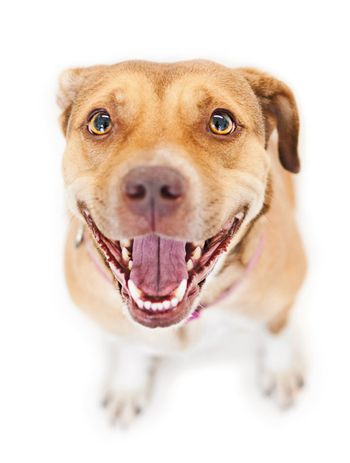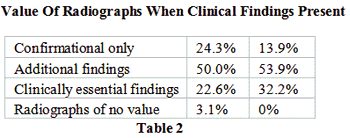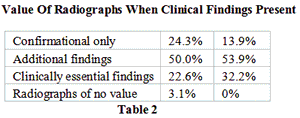
Hear about the possible harmful effects of this practice.
Dr. Sandra Manfra Marretta is a professor in the Department of Veterinary Clinical Medicine at the University of Illinois College of Veterinary Medicine.

Hear about the possible harmful effects of this practice.

Looking to make an investment for your practice this year? Put a digital dental radiography unit on your wish list, and you and your patients will all have happy and healthy smiles.

Hear how digital radiography systems can optimize the dental radiographs you capture.

Dental radiography is an essential component in the delivery of high quality dental care for dogs and cats. This seminar will focus on the value of taking dental radiographs, how to take digital dental radiographs, special features available with digital dental radiographic units, advantages and disadvantages of digital dental radiography, indications for taking dental radiographs, positioning for optimal dental radiographs, critiquing dental radiographs and the importance of recognizing dental radiographic lesions.

Decision making and techniques to simplify dental extractions in cats have been previous described.1-5 Proper perioperative planning and decision making regarding feline extractions can improve surgical outcome.

Two basic techniques for the repair of palatal defects are most commonly utilized. The first technique involves removal of the epithelium from the edges of the defect and complete periosteal elevation of the palatine mucosa bilaterally on each side of the cleft.

Periodontal disease is probably the most common disease in dogs.1 Most dogs greater than 5 years of age have significant periodontitis.

Unusual oral lesions that may require surgical treatment include: osteomyelitis and bone sequestra, dentigerous cyst, mucoceles, lip avulsions inability to open or close the mouth, management of electrical cord injuries and severe tongue lesions requiring partial glossectomy.

Decision making and techniques to simplify dental extractions in dogs have been described. Proper perioperative planning and decision making regarding canine extractions can improve surgical outcome.

Oral tumors account for approximately 6% of all malignant tumors in dogs with malignant cancer of the mouth and pharynx occurring 2.6 times more frequently in dogs than cats.

The diagnosis and treatment of oral trauma includes the management of jaw fractures and the management of temporomandibular luxations.

A variety of dental lesions can occur as a result of chronic wear or acute trauma including severe dental attrition, fractured teeth, subluxated teeth, avulsed teeth and jaw fractures.

Published: April 1st 2009 | Updated:

Published: November 1st 2010 | Updated:

Published: November 1st 2010 | Updated:

Published: November 1st 2010 | Updated:

Published: November 1st 2010 | Updated:

Published: November 1st 2010 | Updated: